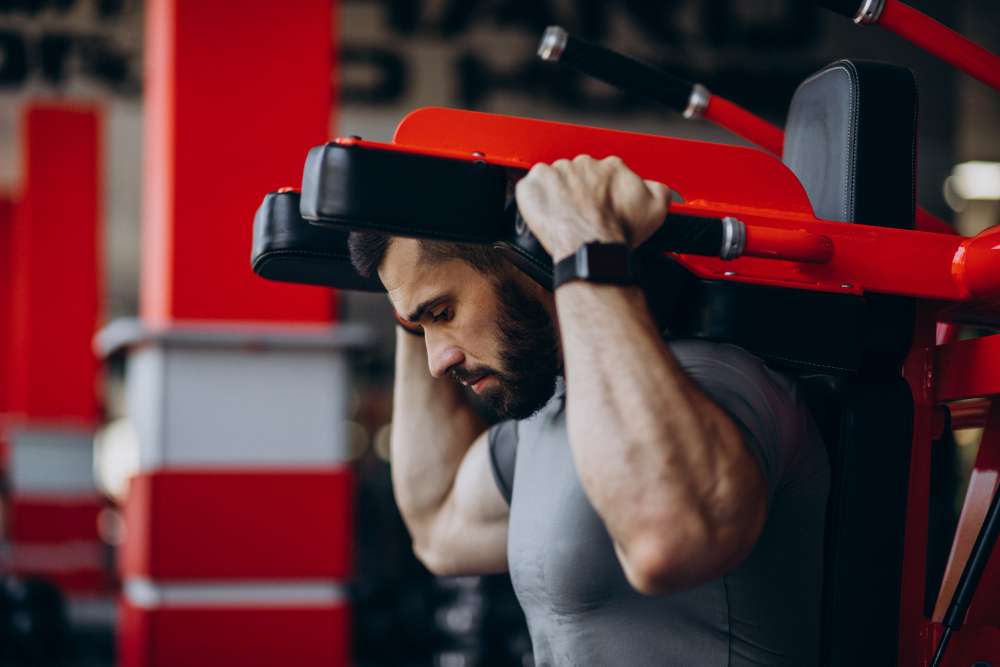The realm of fitness and gym workouts has always been dynamic, but never more so than in recent years. With new trends constantly emerging, it’s vital to focus on injury prevention and safe practices. Understanding the latest fitness directions, including innovative workouts, equipment, and digital integration, is crucial in ensuring an effective exercise routine. Additionally, adapting to the post-pandemic environment adds another layer to maintaining wellbeing in workouts.
New workout trends and injury prevention
One of the latest trends in fitness is the integration of varied workout styles to create a balanced routine. This includes combining strength training, cardio, and flexibility exercises to achieve a well-rounded fitness regime. However, with this variety comes the need for awareness about proper form and technique to prevent injuries. For instance, while engaging in high-intensity interval training (HIIT), it’s essential to perform each movement with control to avoid strains or sprains.
Bodyweight training and functional fitness have also gained popularity. These workouts focus on movements that mimic daily activities, helping to improve overall functional strength and reduce the risk of injuries in day-to-day life. Emphasising proper alignment and gradual progression in these exercises is key to avoiding overuse injuries.
Equipment innovations for safer workouts
In the quest for safer workout practices, the role of innovative gym equipment cannot be understated. The introduction of adjustable resistance machines and smart equipment, which can adapt to the user’s strength and fitness level, plays a significant role in reducing the risk of harm. These machines provide feedback on form and ensure that exercises are performed correctly, which is crucial for injury prevention.
Free weights, while not a new innovation, have seen a resurgence with an emphasis on their proper use. Gyms are increasingly providing instructional sessions on their correct use to prevent injuries commonly associated with improper lifting techniques.
Digital integration for personalised workout safety
Digital integration has been a game-changer for injury prevention. Fitness apps and online platforms offer personalised workout plans that can be tailored to individual needs and limitations, significantly reducing the risk of injuries. These digital tools often come with instructional videos and tutorials, ensuring that exercises are performed safely.
Wearable technology, such as fitness trackers and heart rate monitors, also contributes to safe workout practices by providing real-time feedback on the body’s responses to exercise. This information can be crucial in preventing overexertion and related harm.
Emphasis on recovery and rest days
An often overlooked yet crucial aspect of injury prevention in fitness is the emphasis on recovery and rest days. Modern fitness trends are acknowledging the importance of allowing the body to heal and adapt to the stresses of exercise. Active recovery techniques, like light yoga, stretching, or walking, are being integrated into workout routines to aid in muscle recovery and prevent overtraining. Gyms are also educating members about the signs of overtraining and the importance of rest days in a fitness regimen. This approach not only reduces the risk of injuries but also enhances overall performance by allowing muscles to repair and strengthen.
Mind-body connection in workouts
Another emerging trend in safe workout practices is the focus on the mind-body connection. This involves exercises that encourage mindfulness, such as yoga and Pilates, which are gaining popularity in gym settings. These practices emphasise body awareness, controlled movements, and breathing techniques, which are vital for injury prevention. By fostering a deeper connection between mind and body, gym-goers are more attuned to their own capabilities and limitations, reducing the likelihood of pushing beyond safe limits. Incorporating these practices into regular fitness routines can lead to a more balanced and injury-conscious approach to physical health.
Adapting to post-pandemic gym preferences
Post-pandemic, gyms have had to adapt to new preferences and safety concerns. There’s been an increased demand for outdoor and socially distanced workouts, which not only address safety concerns related to the virus but also provide a safe workout environment in terms of space and fresh air. Outdoor workouts reduce the risk of injury as they often take place in more spacious environments, allowing for freer movement.
Another adaptation is the rise of the no lock in contract gym. These facilities offer flexibility and a commitment-free approach to fitness, encouraging people to prioritise their health and safety without the pressure of long-term contracts. This approach has seen an uptick in memberships as individuals seek adaptable fitness solutions in uncertain times.
In conclusion, the landscape of gym workouts is continuously evolving, and with it, the approach to injury prevention and safe workout practices. By staying informed about the latest trends, understanding the role of equipment innovations, and utilising digital tools, gym-goers can significantly reduce their risk of injury.
Moreover, the adaptations seen in gym settings post-pandemic, such as the preference for outdoor workouts and flexible gym memberships, reflect a broader awareness of the importance of safety in fitness. Establishments like the gym Craigieburn exemplify how centres can effectively integrate these trends and innovations, offering a safe and effective environment for fitness enthusiasts. As we navigate these changes, the focus remains steadfast on promoting safe, injury-free workout experiences for everyone engaged in their fitness journey.









